Cape Town – Tax revenue grew by R68.5 billion in the last financial year – to total R742.6 billion – R3.9 billion more than forecast by the Minister of Finance Pravin Gordhan when he presented his 2012 Budget in February, the South African Revenue Service (Sars) said on Monday.
Releasing its 2012 Tax Statistics report, Sars noted that the 10% increase in tax revenue in the 2011/12 financial year (from R674 billion in 2010/11) stands in marked contrast to 2009/10 when tax revenue contracted by four percent, following the 2008 global economic crisis.
As he prepares to present his Medium-Term Budget Policy Statement on Thursday and amid continuing uncertain economic times for South Africa, Gordhan will welcome the almost R4 billion in extra tax.
Sars’s report says in comparison with its international counterparts, South Africa withstood the crisis relatively well, maintaining sustainable budget deficits aided by resilient tax collections.
The Receiver attributes this to its modernisation programme, a responsive tax policy and vigilant compliance-enhancing measures.
The growth in tax collections in 2011/12 was driven largely by significant increases in Company Income Tax (CIT) and Personal Income Tax (PIT).
CIT, which makes up about a fifth of all fiscal contributions, was up 15% from R133 billion in 2010/11 to R152.6 billion last year.
PIT, which makes up a third of all tax contributions, increased by 10% – from R227 billion to R250 billion.
VAT, which makes up a further quarter of tax contributions, grew by four percent, from R184 billion to R191 billion.
Customs duties grew 26% — from R27 billion in 2010/11 to R34 billion in 2011/12.
However, with the slowing in the disposal assets and decline in asset values, Capital Gains Tax (CGT) fell from R9.1 billion in 2010/11 to R6.8 billion in 2011/12.
The report, the fifth annual statistics report released by Sars, also reveals that the tax register for individuals surged 74.7%, from 10.3 million in 2010/11 to 13.7 million in 2011/12, following a new Sars policy which requires that all employers register all employees regardless of their income.
Of the 4.5 million assessed taxpayers, 40.2% were registered in Gauteng, 56% were male and 27.5% were aged between 25 and 44 years old.
As at March 31 this year there were just over two million companies, 652 349 VAT vendors, 247 595 importers and 224 216 exporters registered with Sars.
The number of companies on the tax register has grown from 1.8 million in 2009, to just over 2.03 million as of March 31 this year.
Of the 2.03 million registered, a third (791 5730) of companies were liable to submit CIT and as of March 31, 51.5% or 407 286 companies had been assessed for tax.
The report reveals that in the 2010 tax year roughly a third of the 559 954 companies of the 68.5% of companies liable for tax that year that had been assessed, had a positive taxable income.
Another third had taxable income equal to zero and the remaining third were in a loss position.
Statistics for the 2010 tax year show that 221 large firms with a total taxable income of over R200 million, were liable for half of all CIT assessed.
In all 42%, of CIT assessed in the 2010 tax year was drawn from the financing, insurance, real estate and business services, wholesale trade and retail trade sectors, which made up 53% of all assessed companies.
For the 2011/12 year, VAT revenue grew by 4.1% on the back of growth in real domestic household consumption.
Growth in domestic VAT payments came mainly from the financing, insurance, real estate and business services sector, agriculture, forestry and fishing and the coal and petroleum products sectors, offset by declines in the vehicle, parts and accessories and construction sectors.
A third of the 652 349 registered VAT vendors were in the financing, insurance, real estate and business services sector, while 46.3% of VAT vendors had a turnover of R1 million or less.
The two percent of VAT vendors with a turnover of over R100 million a year, accounted for 61% of VAT payments.
The number of registered VAT vendors has declined from 745 487 in 2007/8, mainly due to stricter registration requirements to improve the authenticity of vendors.
The number of active vendors has dipped from 70.6% in 2007/8 when it numbered 526 574 to 67.3% of registered vendors in 2011/12, or 438 740 vendors.
Import VAT grew by 32.5% compared to the 2010/11 year, mainly as a result of strong imports in capital equipment and vehicles.
The majority of imports originated from China and Germany, which contributed 20.5% and 11.9% of the value of import VAT, customs duties and ad valorem excise duties, respectively.
The cost of collecting revenue has risen from 0.98% of tax revenue in 2007/8 to 1.11% in the last financial year, after peaking in 2009/10 at 1.17% of tax revenue.
Electronic filing, or e-filing, accounted for 64.6% of the value of tax payments in 2011/12 up from 30.8% in 2007/8.
The remainder of tax payments were made by taxpayers at banks and at Sars branches.
The report also reveals that total taxes to gross domestic product (GDP) increased marginally from 24.5% in 2010/11 to 24.6% in the last financial year, but that this ratio is still below a peak of 27.6% reached before the crisis.
The ratio of CIT to GDP has been the most affected by the crisis, declining from 7.3% of GDP in 2008/9 to 5.1% of GDP in the last financial year.
Sars group executive of revenue analysis Randall Carolissen said the collection of taxes is influenced by the performance of the economy, the overall level of compliance with tax and people’s response to administrative measures.
Between 2005/6 and 2011/12, tax relief totaling R60.5bn was granted to individuals, mainly to those in lower income brackets, with almost a third (R19.1bn) granted in 2006/7. – SAnews.gov.za




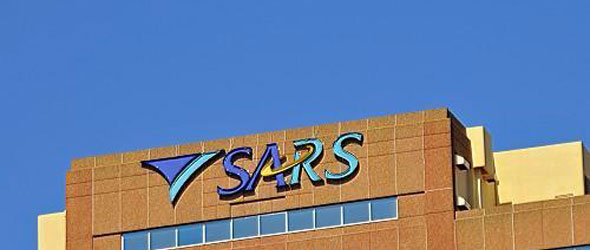
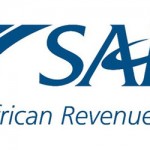
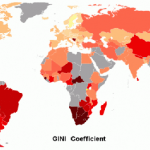
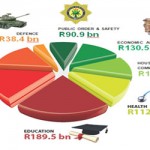



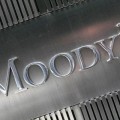
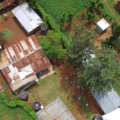
Speak Your Mind